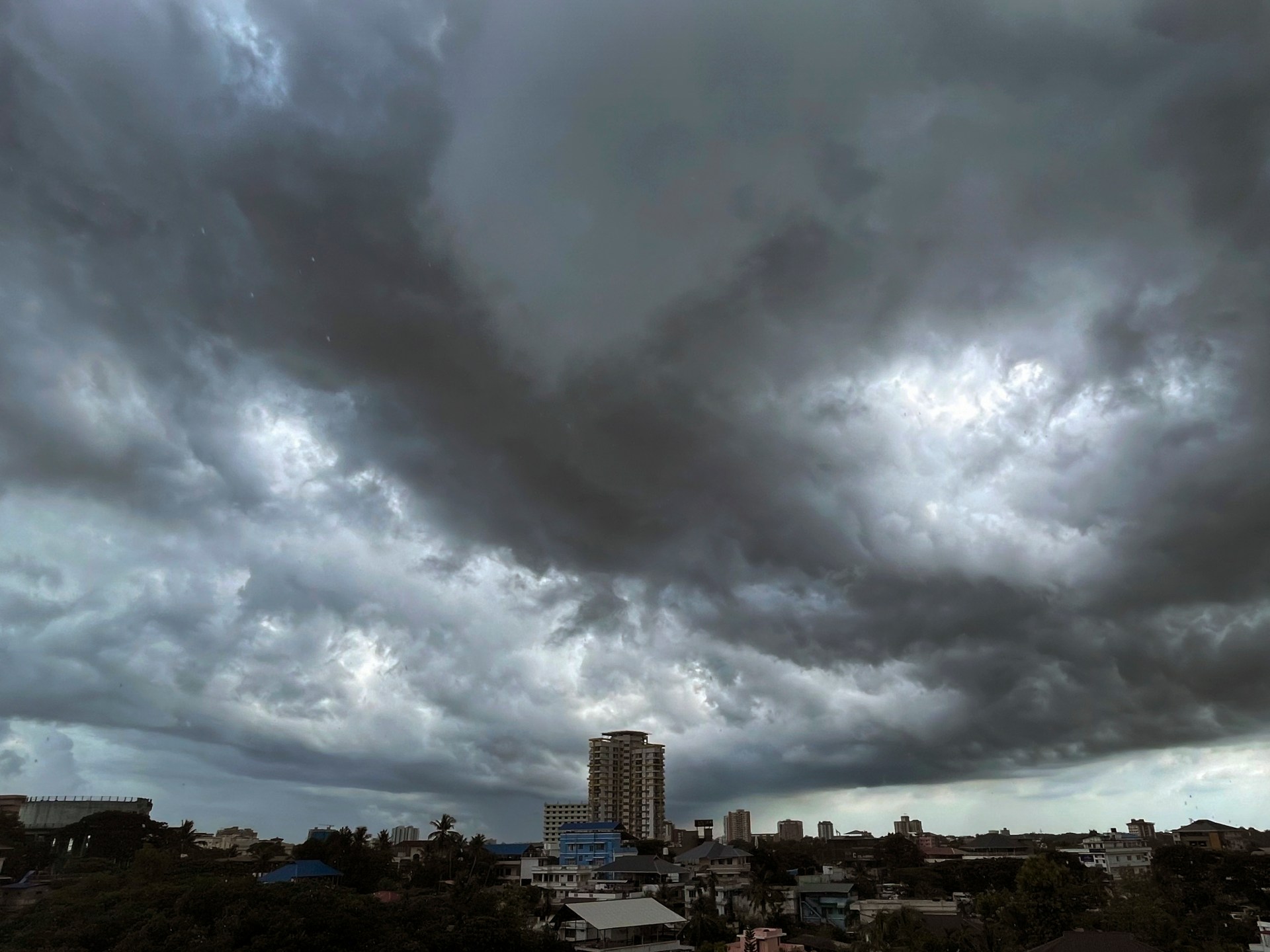
Formation of severe cyclonic storm Biparjoy in the Arabian Sea delays the arrival of the monsoon, the lifeblood of India’s $3 trillion economy.
Monsoon rain has reached the coast of India’s southern Kerala state, offering relief to farmers after a delay of more than a week, marking its latest arrival in seven years.
The monsoon, the lifeblood of India’s $3 trillion economy, delivers nearly 70 percent of the rain needed to water its farms and recharge reservoirs and aquifers. It also brings relief from the worst of the hot weather.
In the absence of irrigation systems, nearly half of India’s farmland depends on the June-September rains and their late arrival could delay the planting of rice, cotton, corn, soybean and sugar cane, traders said.
“Southwest Monsoon has set in over Kerala today, the 8th June, 2023, against the normal date of 1st June,” the state-run India Meteorological Department (IMD) said in a statement.
This year, the IMD had expected the rains to arrive over the state’s coast on June 4 but the formation of severe cyclonic storm Biparjoy in the Arabian Sea delayed their onset.
The IMD confirmed the monsoon has begun after taking into account rainfall measured at weather stations across Kerala and westerly wind speeds.
Conditions are favourable for the monsoon to advance into the central Arabian Sea and some parts of Kerala, Tamil Nadu and Karnataka states, the IMD said.
India received 57 percent lower rainfall than average in the first week of June, weather office data showed on Wednesday, reflecting the delayed arrival of the wet weather.
The monsoon would make progress in coming days in the south but central and western areas could get little rain over the next two weeks, said a senior IMD official, who declined to be identified as he is not authorised to talk to media.
The weather office has forecast below-average rains for June with the monsoon expected to pick up later.
However, for the entire four-month season, the IMD has forecast an average amount of rain despite the formation of a possible El Nino weather phenomenon.
In the past, India has experienced below-average rainfall during most El Nino years, sometimes leading to severe droughts that destroyed crops and forced authorities to limit the export of some grains.